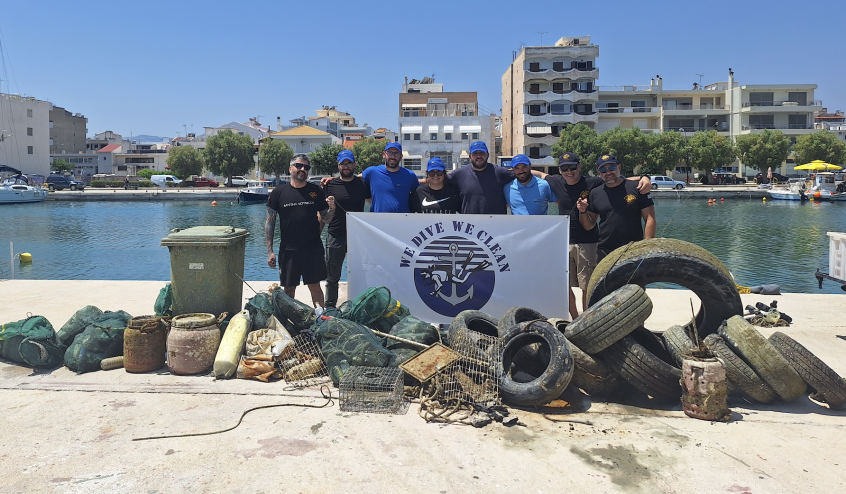Double Seaming Made Simple – Part 1

When it comes to metal food cans, the ability to lock-in and preserve the freshness of ingredients, while also keeping out unwanted elements such as microorganisms and oxygen – is a big advantage. The same can be said for the secure containment of internal carbonation and pressure in beverage cans.
Double Seams
The formation of a double seam results from two sequential operations that have a dependent relationship with the aim of joining an end, or lid, to a can body in such a way as to produce the hermetic seal. Once the can end has been placed onto the can (called the make-up point), the first operation seam begins the seaming process by gradually curling the outside curled edge of the end, under the can flange, whilst also curling the can flange downwards at the same time. The second operation finishes this process off by fully compacting the seam and all the included layers of metal together to create the hermetic seal. The ends are supplied with a thin layer of gasket material, which fills any voids created within the seam to make it truly gas-tight.
Getting The Best Results
The world of double seaming may seem complicated, but in the following series we will outline a few key steps will lend you a better sense of how to achieve a fault-free seal.
